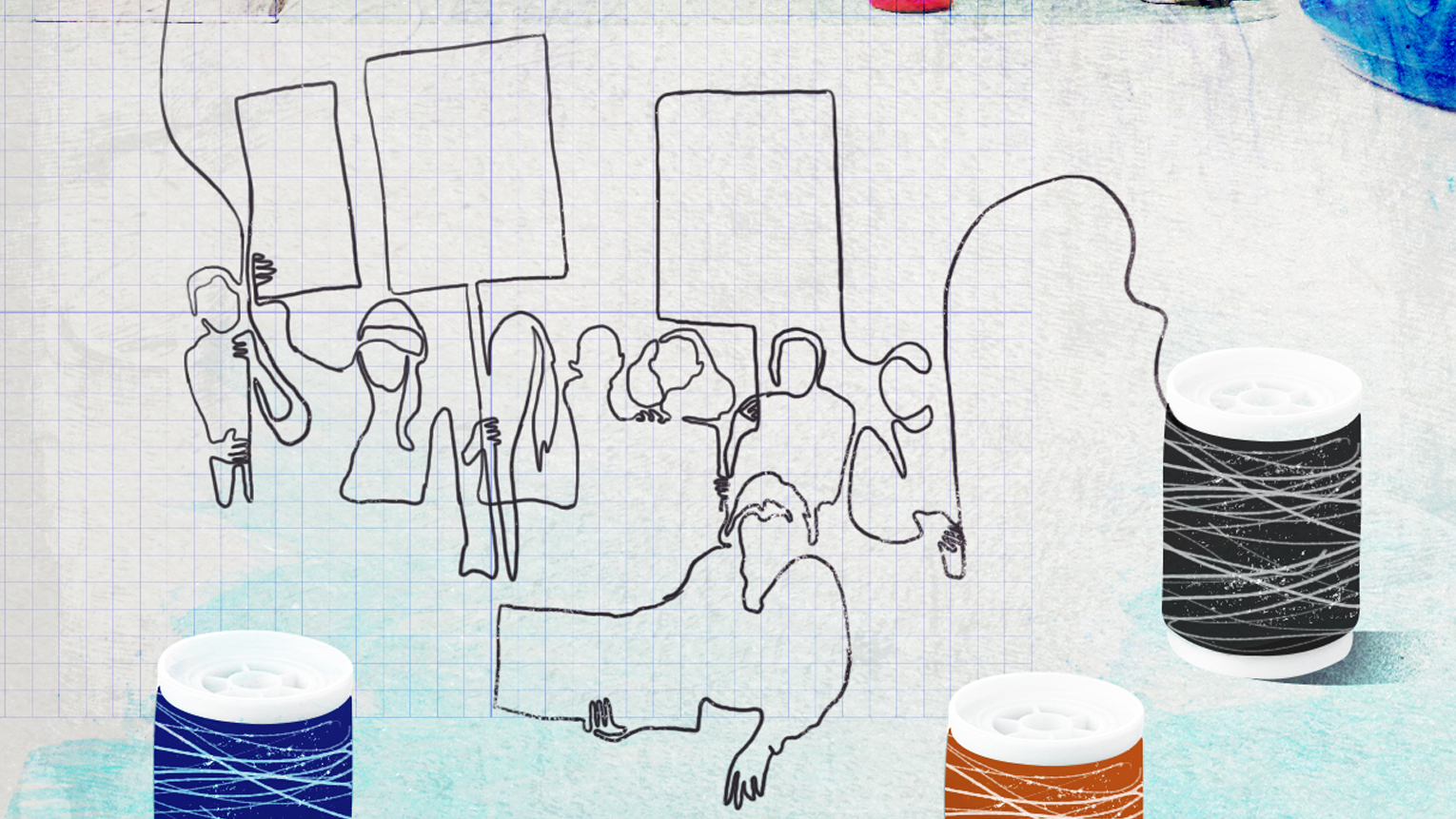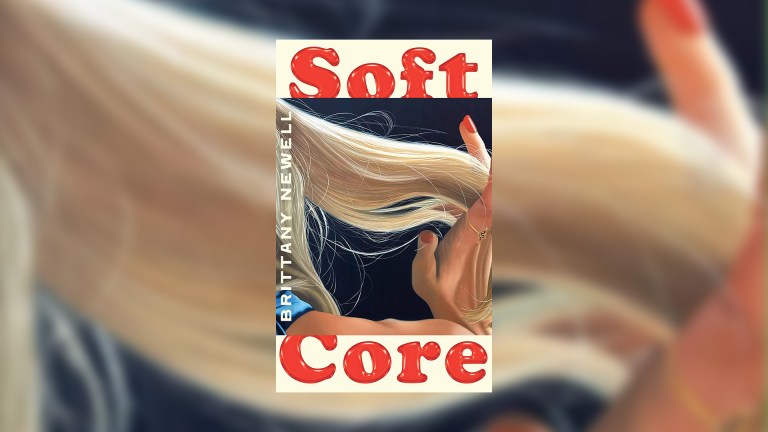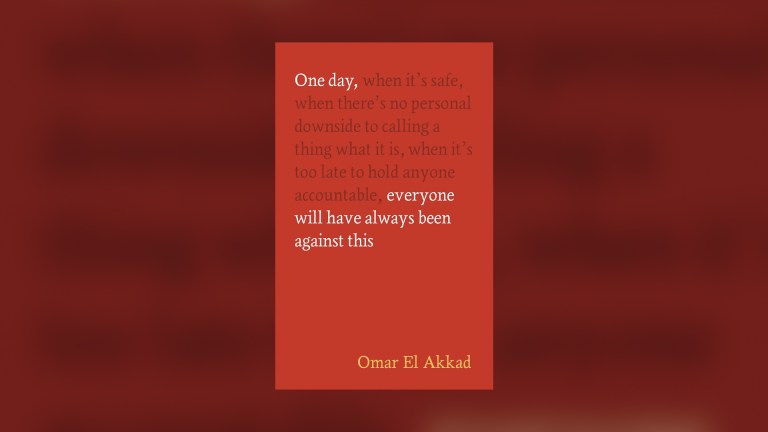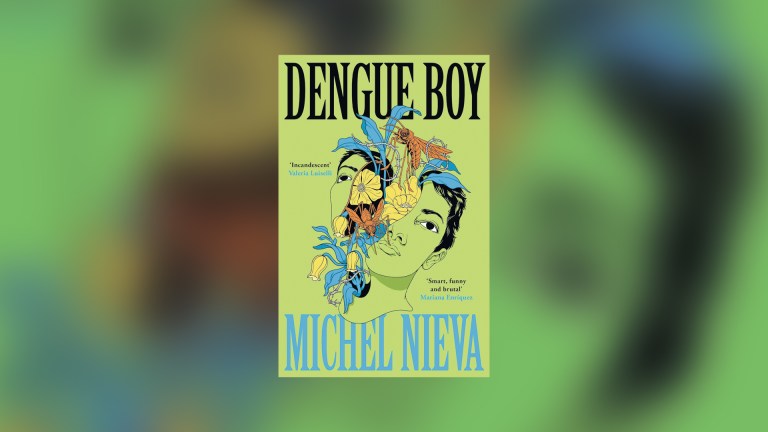I have sewn for most of my life. My mother taught me when I was young and the repetitive rhythm of hand embroidery and machine sewing seemed to suit my temperament.
It calmed me. It wasn’t however, until the 1980s, when I was in my thirties, that I realised that there was much more to needlework than decoration and dressmaking: that sewing could have social, emotional and political purpose, used to campaign, commemorate, celebrate and protect.
I went to Greenham Common where women in its anti-nuclear peace camp covered the nine-metre perimeter fence with sewn petitions, many of them made from materials found at home: old sheets, cast-off clothes, cleaning cloths.
With the strike at its height, I became involved in creating banners for striking miners,
During the miners’ strike of 1984 I was in Nottinghamshire running a community arts project involving local groups making banners to carry on that year’s May Day parade. With the strike at its height, I became involved in creating banners for striking miners to provide them with bold fabric proclamations of protest.
In those days, charity shops sold small patchwork pictures that had been made in Chile, smuggled out of a country silenced by Pinochet’s harsh regime. When those who spoke out were tortured, imprisoned or murdered, it was the poverty-stricken women in the shanty towns of Santiago, many of whom had lost husbands and children, who gathered up scraps of fabric to tell their stories of loss and grief and alert the outside world to the reality of their lives.
In the 1980s I was a community artist, devising creative ways to involve communities – particularly those most annexed from the everyday swim of life because of disability, poverty or ethnicity – in activities that could give them a voice and a presence.










